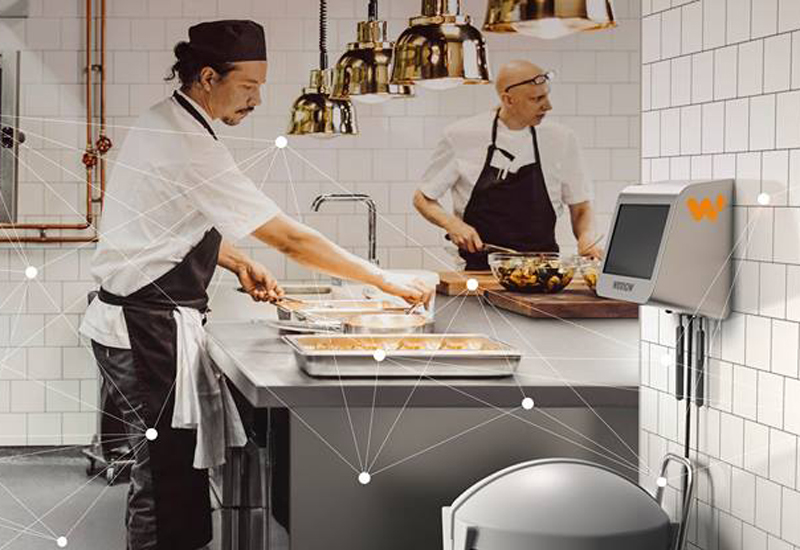In today’s fast-paced digital age, voice assistants and video calls have become integral parts of our daily lives. These technologies have revolutionized how we communicate, work, and even entertain ourselves. As we delve into the world of smart devices, it’s fascinating to explore how these innovations have transformed our interactions and what the future holds for them.
The advent of voice assistants has brought about a new level of convenience, allowing us to perform tasks with just a spoken command. Meanwhile, video calls have bridged the gap of distance, enabling face-to-face interactions irrespective of geographical locations. Together, they form a powerful duo that’s reshaping communication as we know it.

Understanding Voice Assistants
What Are Voice Assistants?
Voice assistants are AI-powered applications like Alexa, Siri, and Google Assistant that respond to spoken commands and perform various tasks from setting reminders to controlling smart home devices. They listen, learn, and adapt to user preferences, making them invaluable tools for efficiency and productivity.
The Evolution of Voice Control
The journey of voice control technology began with simple voice recognition but has advanced significantly over the years. Today, these assistants understand context, process complex queries, and even engage in natural conversations. For more insights on how this technology impacts homes, visit Coldwell Banker.
Applications in Daily Life
Voice assistants are not just limited to personal use; they’re making waves in various industries. From healthcare and retail to education and customer service, these tools are enhancing operational efficiency and user experience. For instance, they help manage appointments, provide customer support, and even assist in educational settings.
The Impact of Video Calls
Revolutionizing Communication
Video calls have dramatically altered the landscape of communication. Platforms like Zoom, Skype, and Microsoft Teams have become household names, especially during the global pandemic, where remote work and virtual meetings became the norm. These platforms provide a semblance of face-to-face interaction, fostering better communication and collaboration.
Benefits of Video Conferencing
The benefits of video conferencing extend beyond business meetings. They include virtual family gatherings, online classes, and even telehealth consultations. The ability to see expressions and gestures adds a layer of connectivity that voice calls alone cannot offer.
Challenges and Solutions
Despite the advantages, video calls come with challenges such as connectivity issues, privacy concerns, and the need for technological literacy. However, advancements in technology continue to address these challenges, making video conferencing more accessible and secure.
Integrating Voice Assistants and Video Calls
Seamless User Experience
The integration of voice assistants and video calls offers a seamless user experience. Imagine scheduling a meeting via a voice command and jumping into a video call without lifting a finger. Devices like smart displays combine these functionalities, making them versatile tools for home and work.
Enhancing Productivity
For creative professionals, the synergy between voice assistants and video calls can significantly boost productivity. From setting reminders and taking notes to conducting virtual brainstorming sessions, these technologies streamline processes, allowing more focus on creative tasks.
Future Trends in Voice and Video Technology
Advancements in AI
The future of voice and video technology is promising, with advancements in AI leading the way. Expect more intuitive and context-aware assistants that can predict user needs and offer personalized experiences.
Enhanced Connectivity and Security
As connectivity improves, so will the reliability of video calls. Enhanced encryption and privacy controls will also ensure secure communications, addressing current concerns over data breaches and unauthorized access.
Conclusion: Embracing the Future
The world of voice assistants and video calls is continuously evolving, and its impact on society is undeniable. By embracing these technologies, we are opening doors to a future where communication is not only more efficient but also more human-like, despite the virtual barriers.
For more insights on managing multiple users with voice assistants, visit Voice Assistants Manage Users.

FAQs
How do voice assistants work?
Voice assistants use artificial intelligence to process voice commands and perform tasks. They rely on natural language processing to understand and respond to user queries.
Can video calls replace face-to-face meetings?
While video calls provide a close alternative to in-person meetings, they may not fully replace the nuances of physical interactions. However, they are an excellent tool for remote communication.
Are there privacy concerns with using voice assistants?
Yes, privacy is a concern as voice assistants continuously listen for commands. It’s important to review privacy settings and understand how data is handled. For more on data control, visit Control Your Data.
This article contains affiliate links. We may earn a commission at no extra cost to you.





